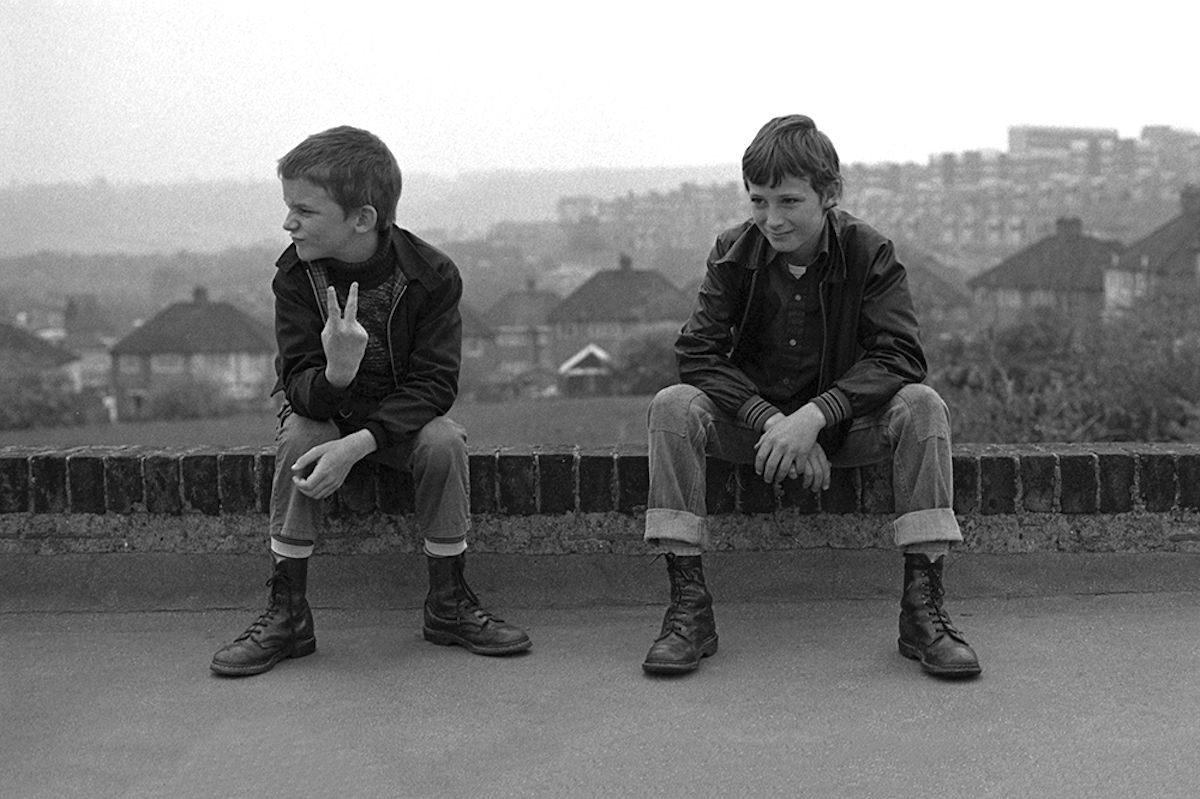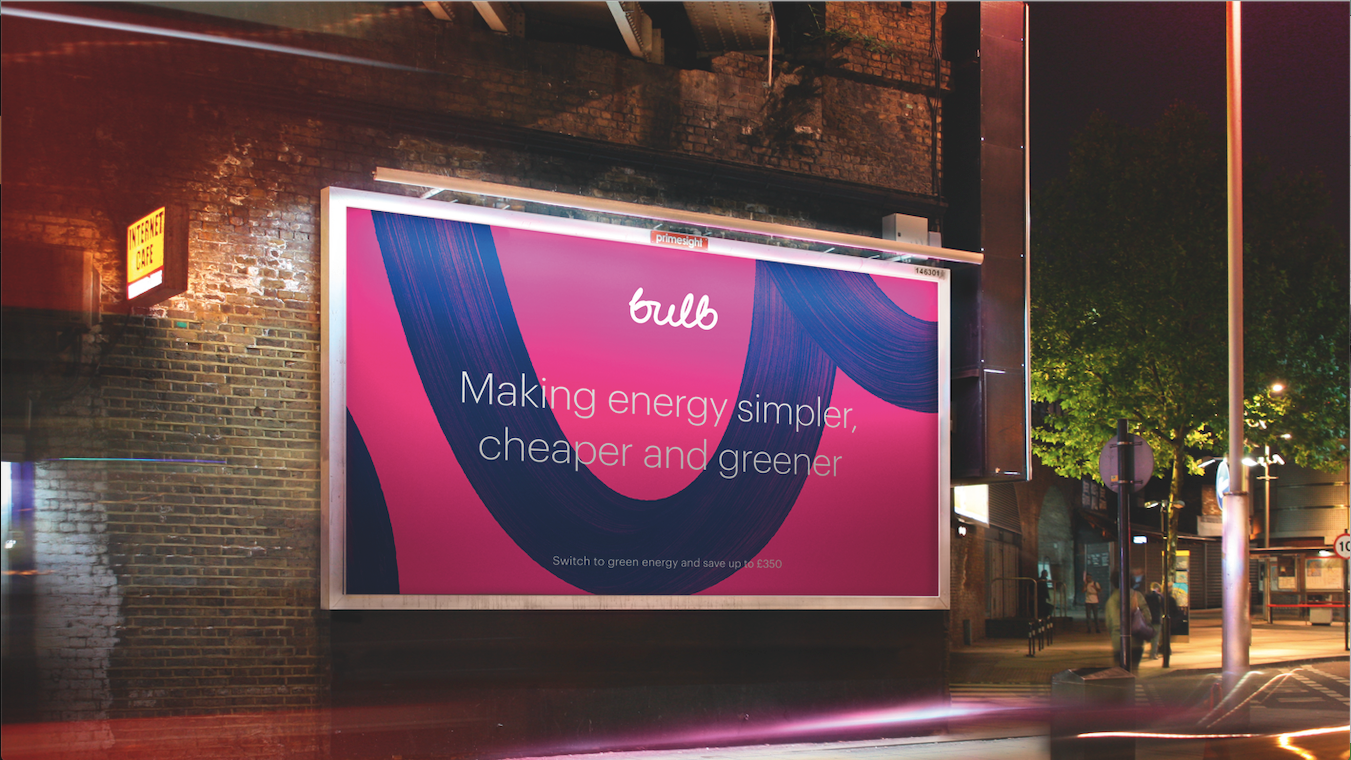From trend to tradition

Crafting a brand that engenders a loyal following throughout the years is not a simple matter of data and design, it requires a keen sense of self and the commitment to stay true to that core positioning, whatever the world throws at you. Ruth Wyatt investigates the building blocks of brand loyalty
These are attention deficient times. Always on, but never truly tuned in. Three clicks from everything, double or triple-screening as standard, omni-channel, want it now, gimme or get lost.
Loyalty? What’s that?
Brand loyalty needs feeding, nurturing, husbanding, and how the hell do you do that when you can’t get consumers’ attention for half a New York minute?
Five seconds is even too much to ask. As consumer and shopper behaviouralist Ken Hughes says, “Think about how you behave online when you’re waiting for your video or whatever to load. You’re sitting concentrating on the countdown, just waiting for the skip ad button. And the most fantastic thing could be about to happen, the most marvellous piece of creative storytelling, but you’re just going three…two…one…click and you’re gone.”
Communication has changed beyond all recognition, and so has retail. Brands are no longer in charge of their relationships with consumers and that’s before we factor in the rise of the machine. Increasingly digital personal assistants and the internet of things are dealing with consumers’ requests and feeding them into artificial intelligence employed by brands and services. In a machine-to-machine relationship, what does loyalty even mean?
Yet there are brands that inspire allegiance and continue to recruit new devotees across the generations and down the years.
Dr Martens is one such brand. Ever since the legendary guitarist Pete Townshend leapt on stage with the Who in 1967 wearing the workman’s boot and dungarees as symbols of his working class roots, Docs have been cool. Adopted through the years by different youth culture tribes, Dr Martens have somehow remained edgy and anti-establishment for over 50 years.
In a market dominated by short-lived trends, buffeted by the ever-changing ebb of what’s hot and what’s not, DMs as they were once known, have remained an apparel constant. They have literally not changed. The 1460 boot, so named because the first rolled off the production line on 1 April 1960, is precisely the same now as it was then, down to the fine detailing. Yes, there have been line extensions, but the essence of the brand stays true. And yet, 19 year-old students sauntering in late to class are somehow not repelled by the fact that their 50-something professor may be sporting the same footwear.
That’s quite a feat: staying cool with the kids while the obviously middle aged (and older) wear you. Staying a la mode for nigh on 60 years is pretty impressive too.
The brand’s success lies in its authenticity. It has never chased trends, never looked to be a fashion brand. “We see ourselves being able to offer a timeless, classic look that may complement fashion but is certainly not dictated by it,” chief product and marketing officer Darren Campbell. “It all goes back to the spirit of the consumer. You can have a bride wearing a pair of boots at her wedding, a guy backpacking through southeast Asia, twentysomethings at festivals or a couture brand using [them] within its Paris Fashion Week. We look to complement the wardrobe of our wearers, not dominate them.”
That overly worn phrase ‘it is what it is’ is entirely appropriate in this instance. The establishment might see Dr Martens as the footwear of choice for the facially tattooed, the skinhead, the aged punk, the emo and so on, but there are plenty of assistant bank managers pairing them with their high street suits. Why? Because the brand doesn’t judge or dictate who wears it or how. It has never sought to define its ideal consumer nor chased the cool kids with free stuff. It hasn’t tried to get each generation’s rebels to wear them, but welcomed them when, and if, they have.
The product is still utilitarian. It’s hardwearing, long-lasting, comfortable and practical and, at its heart, it is an essentially democratic brand; true to its roots and open to all who want to get with it.
Other brands that inspire cross-generational loyalty include Coca-Cola and McDonalds, which frankly couldn’t be more establishment if they tried. Characterised by megalithic marketing operations with consistently generous budgets, they are the polar opposite of the previous example in spirit. That said, they too are both consistent and adaptable. Both Coke and McDonalds adapt to local tastes, changing tastes, health concerns and environmental issues, while staying inherently themselves both in terms of product and in terms of marketing, whether it’s a small scale stunt or a multimillion pound, above the line campaign.
But for each of these, there are dozens of examples that were huge – as in HUGE – in their time have fallen by the wayside. Brands such as Pepe Jeans, Hooch, Sol, Sunny Delight, Impulse, Naf Naf, Hai Karate, Milk Tray, Perrier, Blackberry and Kodak to name but a few.
It’s not just a question of marketing muscle. Several of these brandosauruses were high-spending category champions in their heyday. And some had era-defining advertising – from the James Bondesque ‘All because the lady loves Milk Tray,’ to Perrier’s ‘eau’ campaign to Impulse’s ‘When a man you’ve never met before gives you flowers’ (the sensible response to which always seemed to be: run away while you still can).
Some fell victim to changing tastes, others to the pace of technological change. Some simply lost their relevance and with it their consumer loyalty. Many of these brands still exist and make a decent profit, but none has regained its former status.
What separates those that sustain brand loyalty and those that fade is a little luck and a lot of judgement. Data has never been more plentiful and important as a weapon in a marketer’s armoury and new technologies offers hitherto unfathomable opportunities to listen to, learn about and personalise for consumers. But it turns out that the rather old-fashioned notion of standing for something, and staying true to that something, is still the best foundation for gaining and retaining brand loyalty.



“Universally, I think it’s key to have a clear purpose and positioning, know your customer; don’t make them think too hard; connect with them at an emotional level and ask for feedback,” says London design agency Sparkloop’s creative director Gayle Carpenter. “If you can’t articulate who you are and what you stand for, then how can your staff or customers get behind you?”
Sara Jones, partner and client services director at brand consultancy Free the Birds agrees, “To build and retain brand loyalty whether you are a long standing heritage brand or completely new to the market, there are key areas you must deliver against. Exceptional brand experience across any touchpoint (in store, online, delivery, customer service, in use). An unsurpassed sense of quality when using (or wearing) the product and compelling engagement off pack.
“Matching or preferably exceeding expectations through all interactions. And a clear and compelling brand story or promise that guides how the brand behaves, and staying true to that story whilst allowing the brand to evolve and remain relevant to consumers,” she says.
Jones cites Patagonia as a brand that has won by being “100% principled and authentic.”
The premium-priced outdoor gear company’s recent move to donate its $10m corporate tax windfall to fighting climate change is entirely in keeping with its brand story and its insistence on corporate transparency.
Patagonia is a 46 year-old company, but the same holds true for whippersnappers like Bear, the healthy kids’ snacks company, which launched in 2009. Shaun Bowen, creative partner at B&B Studio, which created its distinctive packaging says, “For a startup brand to make an impact and build long-term consumer relationships, it must have an encompassing mission right at its heart that consumers can connect with. Bear was born from a desire to offer healthier snacks, upping kids’ intake of fruit, but of course this can’t be done through product alone. The job of brand is to make this mission clear and engaging.
“However, even if the brand gets it right on launch, and achieves immediate success, it’s got to be able to keep moving,” he adds. “There must be an enduring quality to the overarching brand purpose meaning it remains relevant. Importantly, and although it sounds obvious, to establish consumer loyalty, brands need to show that they actually live up to their core mission in every way. Consumers today want brands to not only meet their needs but share their values and express their style.” These sentiments are echoed by the designers involved with another startup, green energy company Bulb. Ragged Edge co-founder Max Ottignon says, “We worked with Bulb to design a people first brand around the idea of positive energy, which informs everything the company does.”
The company’s mission is to provide cleaner, greener and cheaper energy, which is a disruptive stance given that previously green energy came at a premium. While actively trying to create conflict in the utilities sector, Bulb needed a brand identity that was “soft and warm and fuzzy, not edgy,” because you don’t want to feel that you’re making a brave decision about your energy supplier, Ottignon adds. This warm brand identity is backed by a commitment to be “super transparent and honest, like when they have to raise prices, they explain why and always make their customers feel like their getting a fair deal,” and an almost fanatical devotion to customer service.
“There must be an enduring quality to the overarching brand purpose meaning it remains relevant. Importantly, to establish consumer loyalty”
In this instance customers are end users, but the same holds true both in terms of service and in terms of brand story when the customer is a trade or channel partner. A compelling story and great customer service wins hearts and minds with the trade and can mobilise them to from buyer to supporter to brand ambassador even.
Now more than ever before, marketing needs to be conducted as an end-to-end activity involving every aspect of the business from supply chain and logistics to customer service, internal communications and fulfilment. Unboxing an iPhone is a ritualistic pleasure that is part of the whole Apple experience. That part of the customer journey must live up to the brand promise as much as any of the staging posts along the way, but for an increasing number of brands, fulfilment is often outsourced. “The role third party logistics providers play in fulfilling and delivering brand promise is vital,” says Glenn Lindfield, chief executive at Cygnia Logistics. “As e-commerce continues to disrupt traditional retail channels, service expectations are heightened.”
Communicating a brand story is more challenging in these days of fractured media consumption and technology overload.
“We’re being overloaded with info, over stimulated by tech, and followed more and more closely by location and auditory services. It’s getting more intense by the day. As technology moves ever faster, many of us are seeking space – switching phones off, going off grid – all trying to find a place away from the noise and constant pestering of modern life. As this bombardment continues, it’s increasingly obvious that brands are going to have to attain a position of desire once more. The old-fashioned art of brand seduction is going to become increasingly important as tech and targeting gets cleverer and more all-encompassing,” says Janie Rees, chief strategy officer at marketing agency Lida. “Brands that find their inner mettle, have a strong sense of direction (and advertise accordingly – using ideas as opposed to tactics) will likely clean up whatever technology brings.”
Some brands create their own communications platforms, such as Red Bull, which is on the way to becoming more of a media and content business than an energy drink business. This enables it to have more control over its consumer communications. Others have taken the idea of content as an engagement and loyalty-building tool and gone further.
Richard Barnes, CEO at partnership agency Bridge says, “FMCG clients are coming to us to help them create entirely new business divisions based on their exiting brands. I’m not talking about simple content creation, but fully-realised business plans around publishing, documentary production, movies, TV formats and mobile gaming. You only need to look at Red Bull to see how a modern brand can’t simply be one product any more. In the next few years you’ll see bold new business directions from brands who in the past have simply only made one product. Whether it’s due to consumer demand, legal restrictions around HFSS or simply trying to stay ahead of the competition, for their brands to remain loved and popular they all need to diversify.”
But, for the classics, it’s all about truth. “Being relevant is in the eyes of the beholder,” Campbell says. “It’s not brands that decide if they’re relevant; it’s the consumer. So long as you stay true to who you are and deliver on your promise, you’ll get the consumer adoption and loyalty.”












